|
Berni - welcome! Thank you for giving us the opportunity to have an insight into such an important part of book production. Hi Sue, thank you for inviting me, it’s lovely to be here.
As a child, you must have been good at art and drawing... mustn't you?
Art has always been a passion of mine. I was always drawing and painting right from an early age. I used to write stories and illustrate them – usually badly – and then make a cover for the exercise book, which housed the story. In my teens I used colour pastels and did lots of portraits – film stars and rock stars usually – and at one time I even had a little business going! So I suppose Art College was inevitable. |
|
Initially I wanted to train in illustration, but when I started art college, I pretty soon realised that being top of the class at school was very different to training with a lot of very talented artists! I did a foundation year first, which allowed me to try different aspects of art – photography, graphic design, illustration, fashion and textile design, screen-printing and etching and even (with disastrous results) pottery! Eventually I chose graphic design, which still included a bit of photography and screen printing. |
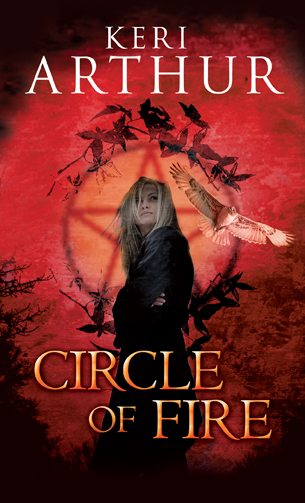 |
|
|
|
Aside from cover design, what other art-based jobs have you had? Have you had any distinctly non-arty jobs?
I did a short spell as a window dresser but I don’t think it was me somehow!
Originally I wanted to go to dance college. I’ve danced since I was six years old, and really wanted to be a dancer. My father disagreed in no uncertain terms and also said a firm ‘no’ to art college. |
|
|
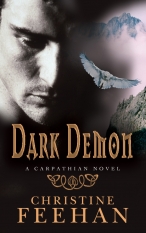 |
I left school at fifteen in a fit of pique, refusing to take GCEs, and I got a job in a local office. It was the unhappiest I have ever been in any job. Boring work, which I was very bad at, plus I was forever getting into trouble for drawing under the desk! I went to evening classes to take the GCEs I’d refused to do at school, and also started evening classes at the art college. Gradually I got a portfolio together and went for an interview at the college. Luckily I was given a place. (My father caved in when presented with a fait accompli!)
When I moved to London, I joined the Pineapple Dance studios in Covent Garden, so I could get the best of both worlds. |
|
|
|
How did you get into the book cover designing business?
By happy accident really. My first job after leaving art college was a complete disaster. It was for a small advertising agency in London’s Haymarket. All the senior designers had been at college together, and all had only ever worked for this agency. (They were all guys.) They took me on as junior designer, but I was never given any design work – there was a lot of tea making, which would never have happened if I’d been male! We agreed to part company, and I went to a head hunter who sent me to a Mayfair publisher. I felt I’d ‘come home.’ Surrounded by books and doing design work, it was perfect! The rest, as they say, is history. |
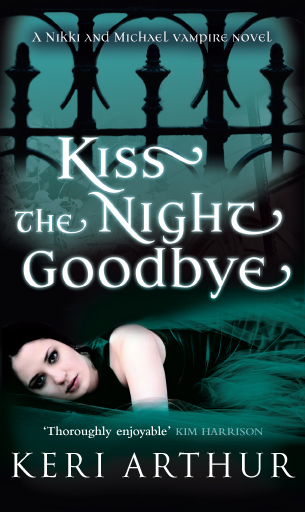 |
|
|
|
Tell us about the process. How much freedom do you have?
It depends who the cover is for. The big houses go through a lengthy briefing session in-house, so by the time the brief reaches me, it’s not only several pages long, it is often set in stone because the meeting have agreed it. When I work directly with an author, they have their own ideas of course, but the interpretation is mine. Budgets are a lot tighter now than they have ever been before, so commissioning photography and illustration is getting less. This can be constricting, especially if a book is historical, because finding a picture, which appears to be – or can be made to look like – the right era for the right price, is quite a tough call. |
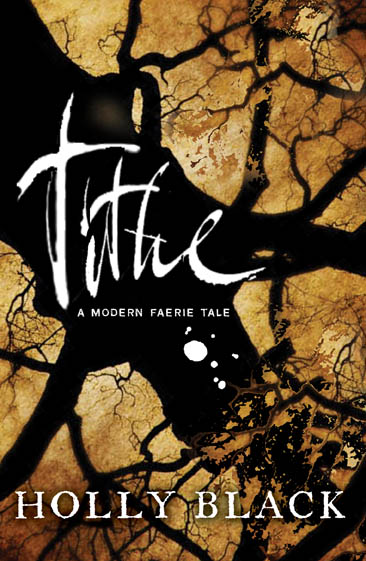 |
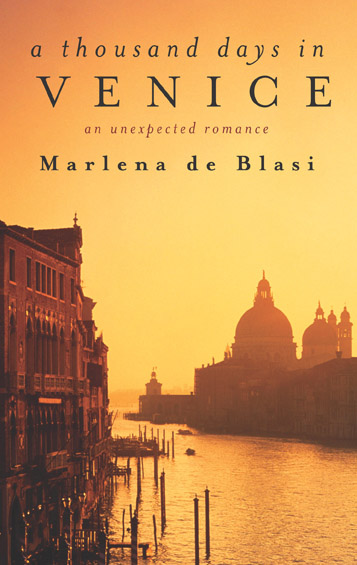 |
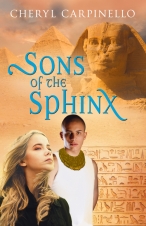 |
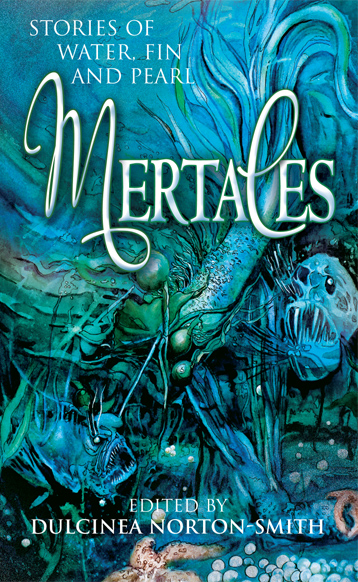 |
|
One of the perks of designing on a Mac, means I can retouch, add different bits from different photos, and in a way, create my own photo illustrations. This is something I love to do. So the freedom to create a cover in this way always makes my job interesting.
You design non-fiction covers as well as fiction. Do you regard that as a different skill?
Yes, completely different. Non-fiction is usually very specific. If it’s about a place, then the images have to be of that place, if it’s autobiographical, then obviously that person has to be on the cover. I have done several celebrity photo shoots for book jackets, and they have always been . . . interesting! |
|
|
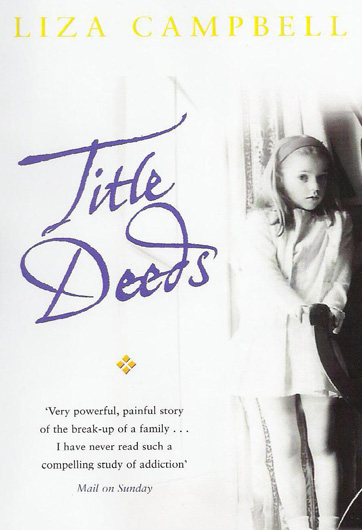 |
So how many different genres would you say you design for?
Most of my work is fiction these days, but there are many different genres under the fiction umbrella. I design chick lit, historical, urban fantasy, paranormal, thrillers, romance and YA. There’s no chance of ever being bored that’s for sure. Of course, if someone asked me to design a non-fiction cover, I’d be happy to take that on too. |
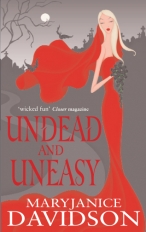 |
|
|
|
When I worked in-house, all the designers worked on every genre, it’s healthier that way. If one designer worked only on chick lit, for example, they would find it difficult to move on from that after a while. I know some designers who have worked mainly on Science Fiction, which is notoriously difficult, but whilst being brilliant at SF, they would be hard pressed to design for a different genre. |
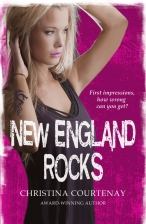 |
You do a lot of work for Choc Lit. Tell us something about that.
Working for Choc Lit is incredibly creative and satisfying. I usually read the manuscripts first. We work quite far in advance, so there is always time. (Unlike working in-house where there is rarely time.) Getting an overall view of the storyline is so helpful, because ideas do tend to pop up.
Choc Lit, although a romance publisher, publish in a lot of different genres, from contemporary to historical, thriller and paranormal. Each cover is different to design, so the challenge is always there. |
|
|
|
Any covers you're especially proud of?
There’s a difficult question. I’d like to say I’m proud of them all, and in a way I am. But my style has changed over the years, and I like to think, improved too! My favourite cover from my last job in-house was an unauthorised biography of David Bowie – one of my favourite artists. It was a dream to design, and we had big budgets, so I used a lot of special finishes. (Sadly I didn’t get to do a photoshoot with him.)
But I am exceptionally proud of the covers I have done in the last few years. I feel I have grown as a designer since becoming freelance, and although I do miss the company of other designers, I think I have worked hard to hone my skills, and I hope it shows! |
|
|
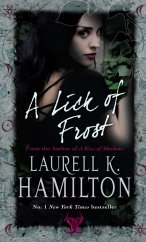 |
Have you had the chance to design covers for any of your favourite authors?
A few, yes. I have designed covers for Laurell K Hamilton and Sherrilyn Kenyon – both write paranormal fiction. I’ve also designed a lot of covers for Nora Roberts, who writes brilliant romantic thrillers. My ultimate commission would be to design a cover for Bram Stoker’s Dracula, which is my favourite novel – preferably with a bottomless budget! Maybe with some gold leaf? Any takers out there? |
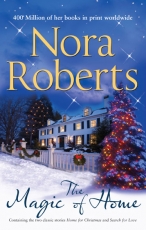 |
|
|
|
What advice about cover illustrations would you give to writers who are self-publishing their books?
The best advice I can give would be to always use a professional cover designer if you can afford to. It shows if you don’t. (Usually in the typography.) |
|
|
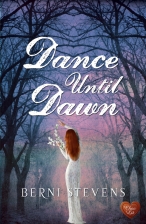 |
As well as designing book covers, you are an author. Tell us about Dance Until Dawn.
Dance Until Dawn is a contemporary paranormal romance, set in Highgate, North London. As a North London girl myself, I wanted to set the book in my favourite areas.
I was determined to avoid the inevitable ‘Will he/won’t he turn her into a vampire?’ question, so the story opens with the heroine already a new vampire. It’s a romance with all the inevitable pitfalls, plus a lot of very unusual problems. It’s about coming to terms with a very different life style and about relationships. The underlying question in this book is, ‘How can you be expected to fall in love with the man who killed you?’ |
|
|
|
You are a member of the Dracula Society and you write paranormal fiction. Does it follow that paranormal stories are your favourite ones to design covers for?
You would think so wouldn’t you? Actually, I like designing for all genres. For example, Young Adult fiction is different and always very challenging. Teenagers are a tough audience. |
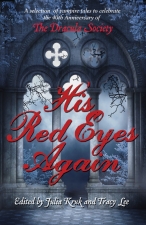 |
|
|
|
What lies ahead for you?
Probably a whole heap of edits for Revenge is Sweet – the sequel to Dance Until Dawn!
Also, I’m halfway through writing the third book in the series, although I might take time out from that to write a novella.
Book cover wise, I have a lot of covers on at the moment, which is brilliant, but there’s always room for more if anyone is interested! |
|
Berni, it's been a pleasure to talk to you. Thanks so much for dropping by.
Thank you too – I hope I haven’t babbled on for too long! |


Make A Comment
Comments (10)
I do know what you mean, Jane. From various in-house experiences, I would say when that happens it's often the fault of an over zealous salesperson who wants the cover to look like a completely different book that happened to sell well. They are fond of the comparison thing. Every designer's nightmare when they come to a cover briefing armed with a Waterstones bag!
Thanks everyone again for commenting.
xxx
Thanks also to Emma, Jen and Jacqueline for commenting.
Yes, Jen, I have loads of signed copies from authors - I treasure them too.
And I would always say follow your heart, it's so important.
I've bought books on the strength of the cover too - and I should know better :)
Thanks again everyone.
xxx
In a broader context, this interview shows the importance of following your heart and finding your passion in life and in work.